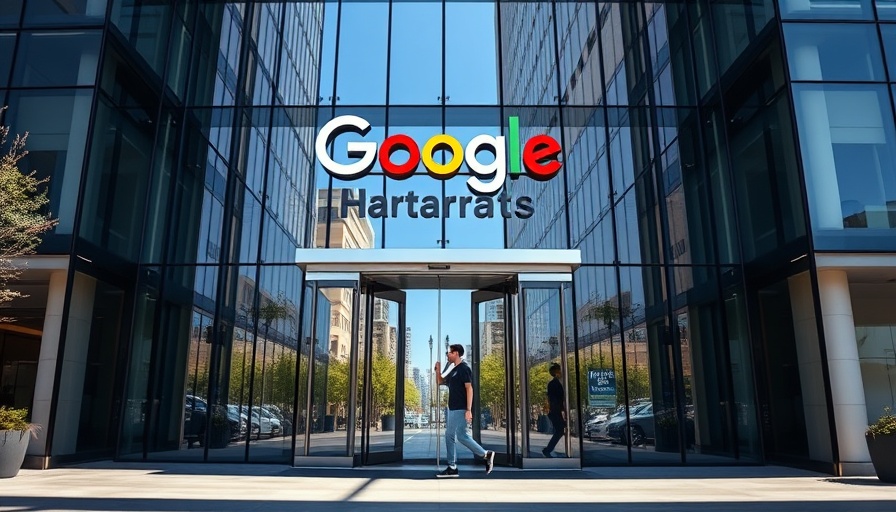
Understanding Google's Ad Monopoly: What It Means for Consumers
Recently, Google’s digital advertising network has been declared an illegal monopoly, joining its search engine in a realm of legal scrutiny. This decision raises significant questions about the implications for consumers and businesses that heavily rely on online advertising for reaching their audiences. The landscape of digital marketing may undergo pivotal changes as regulations tighten.
The Impact on Businesses and Marketers
With Google holding immense control over the digital ad space, businesses, especially small and medium-sized enterprises, have often found it challenging to compete. The monopolistic practices have resulted in higher costs for advertising, limiting options and decreasing innovation in the market. However, with this new ruling, we might see a shift where companies can explore other advertising platforms without the overwhelming influence of Google, which could promote a healthier market for both marketers and consumers.
A Historical Context: Google's Rise
To fully grasp the implications of this ruling, one must look back at how Google became a giant in digital advertising. Early on, the company introduced innovative ways for businesses to reach consumers. Its initial value proposition was crystal clear: provide effective advertising tools that are friendly and accessible. Over the years, however, Google's dominant position turned problematic as independent platforms struggled to gain traction in a space saturated by its offerings.
Why This Decision Matters Now
The timing of this decision could not be more crucial. As digital marketing continues to evolve, there is a growing concern about data privacy and the ethical use of consumer information. The announcement of Google's illegal monopoly comes amidst increasing demands for transparency and fairness in the digital space. Consumers today are far more conscious of how their data is used, and this ruling may empower them by reducing the stranglehold major corporations have on user information.
Future Predictions: What Lies Ahead for Digital Advertising?
Looking forward, it’s essential to consider how this might reshape the advertising landscape. Industry experts predict that alternative platforms will emerge, leading to a more competitive environment that may offer innovative solutions. Moreover, the ruling could encourage the growth of localized and niche advertising tools that might better cater to specific consumer needs. This evolution could also drive down costs, making it easier for smaller brands to thrive in a previously monopolized environment.
Actionable Insights for Businesses
For businesses navigating this changing landscape, it’s imperative to diversify advertising strategies. Engaging with multiple ad platforms, exploring social media advertising, and even investing in organic growth strategies can prove beneficial. It's also vital to stay informed about further regulations and adapt accordingly to seize new opportunities in the market.
As consumers and businesses alike await the outcomes of this significant ruling, it’s a wake-up call to examine the balance of power in digital advertising. More importantly, it presents an opportunity for everyone to advocate for a fairer marketplace— where innovation thrives, and companies of all sizes have the chance to flourish and connect with their audiences effectively.
 Add Row
Add Row  Add
Add 




Write A Comment